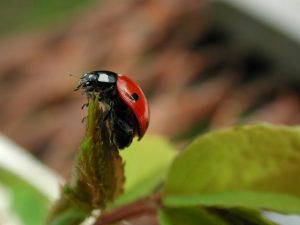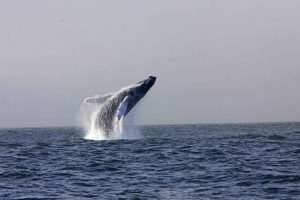 Our island nation has around 7,000 km of wonderful coastline, boasting some of the most spectacular scenery in Europe. Around that coastline is a veritable cornucopia for shore dwelling wildlife, and supporting much of it you’ll find an amazing diversity of seaweed.
Our island nation has around 7,000 km of wonderful coastline, boasting some of the most spectacular scenery in Europe. Around that coastline is a veritable cornucopia for shore dwelling wildlife, and supporting much of it you’ll find an amazing diversity of seaweed.
As you might expect of an island people with a plentiful, renewable resource on its doorstep the Irish have been putting seaweed to good use for generations, and today we use it for a wider assortment of things than ever. But according to a Heritage Council publication it’s still one of Ireland’s most underutilised natural resources.
In homage to our historical relationship with seaweed, and recognition of both its importance to our coastal biodiversity and its potential as a truly renewable coastal resource, the Heritage Council has produced a poster crammed with fascinating facts about Ireland’s coastal seaweed (3.7MB PDF file).
- More than 500 different species of seaweed have been identified in Irish waters since 1811.
- In the eighteenth century dillisk (Palmaria palmata)was used as chewing tobacco, ingested to eliminate worms, and recommended as a remedy for ‘women’s longing’.
- Kelp was harvested and burned to produce ash containing soda and potash, and was subsequently used for glazing pottery and for making glass and soap.
- The reef at Finavarra in Co. Clare boasts an astonishing 336 seaweed species, putting it in pole position in terms of seaweed diversity around Britain and Ireland for of seaweed diversity.
- Historically, in coastal areas without a rocky shore, large boulders would be placed in the sea specifically to grow and harvest seaweed.
- Seaweed aquaculture is potentially big business. Although in its infancy in Euope, globally around 13 million tonnes of seaweed is produced every year in an undustry worth over US$6 billion.








